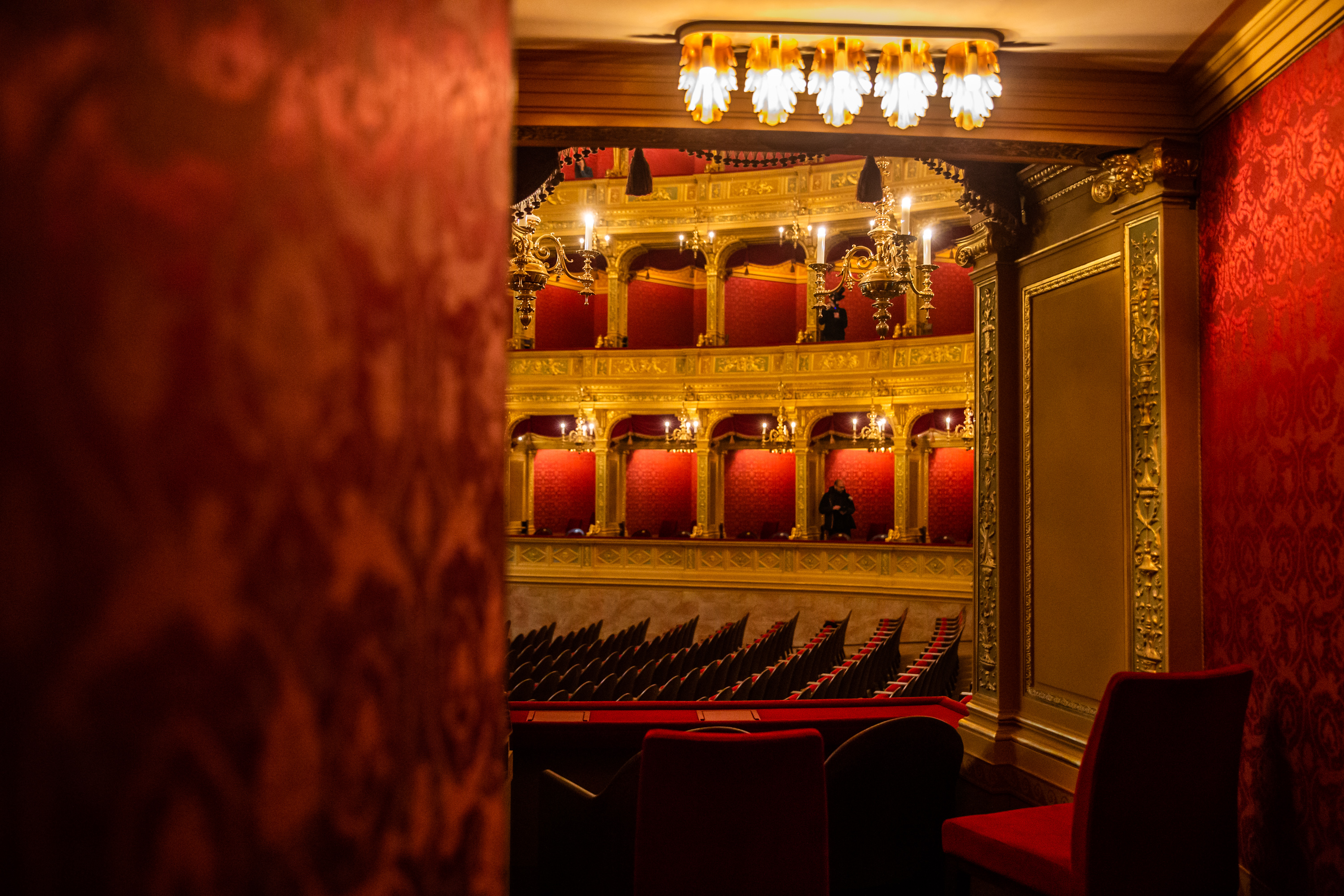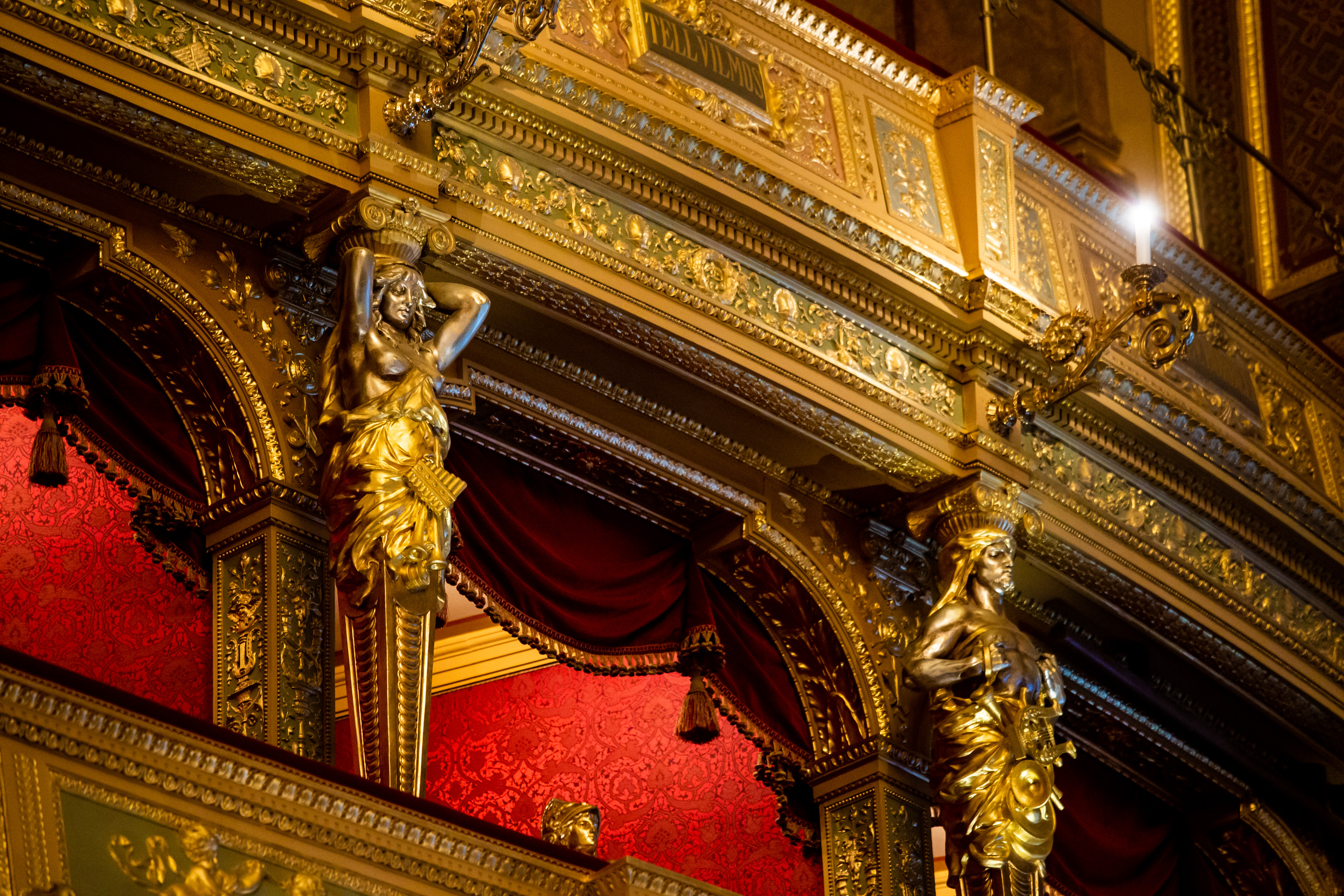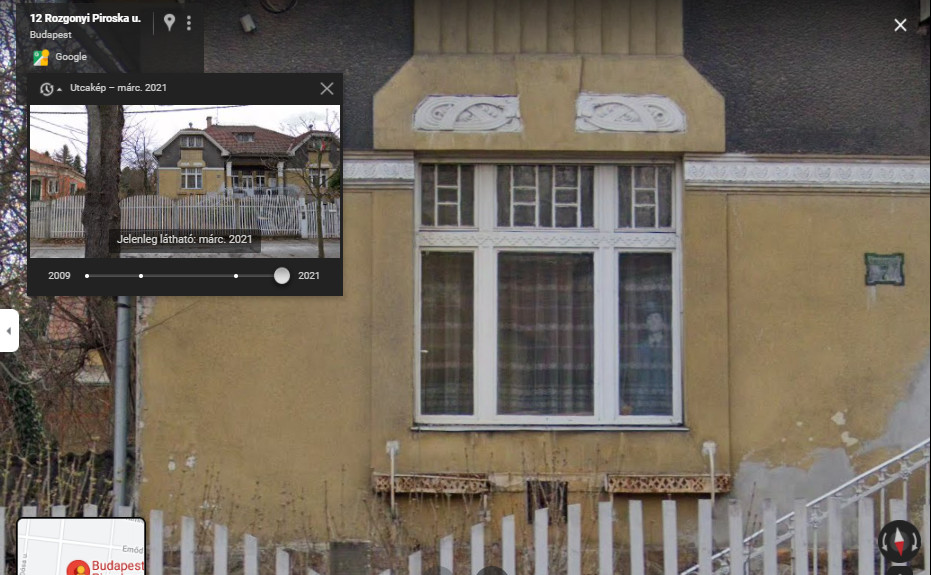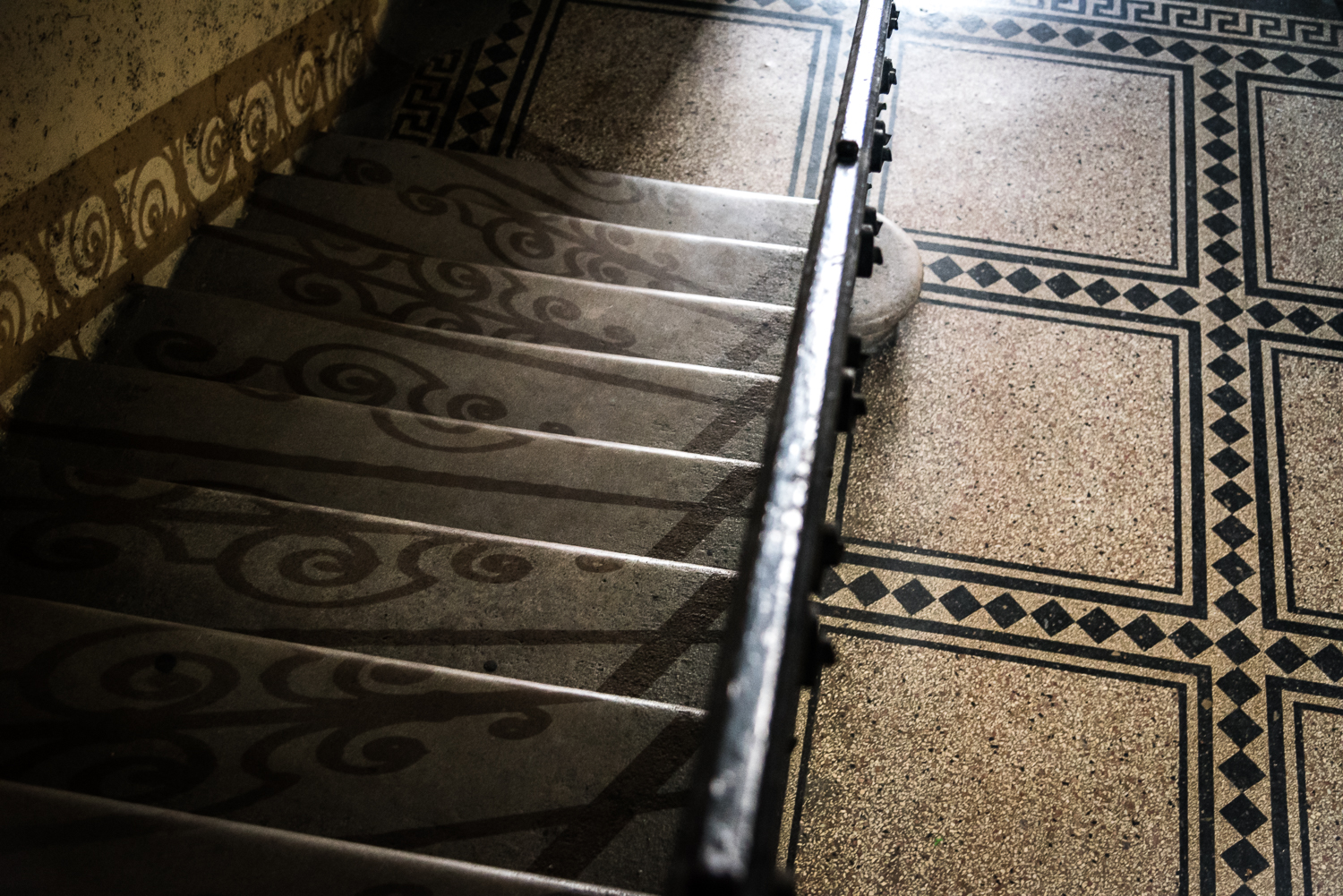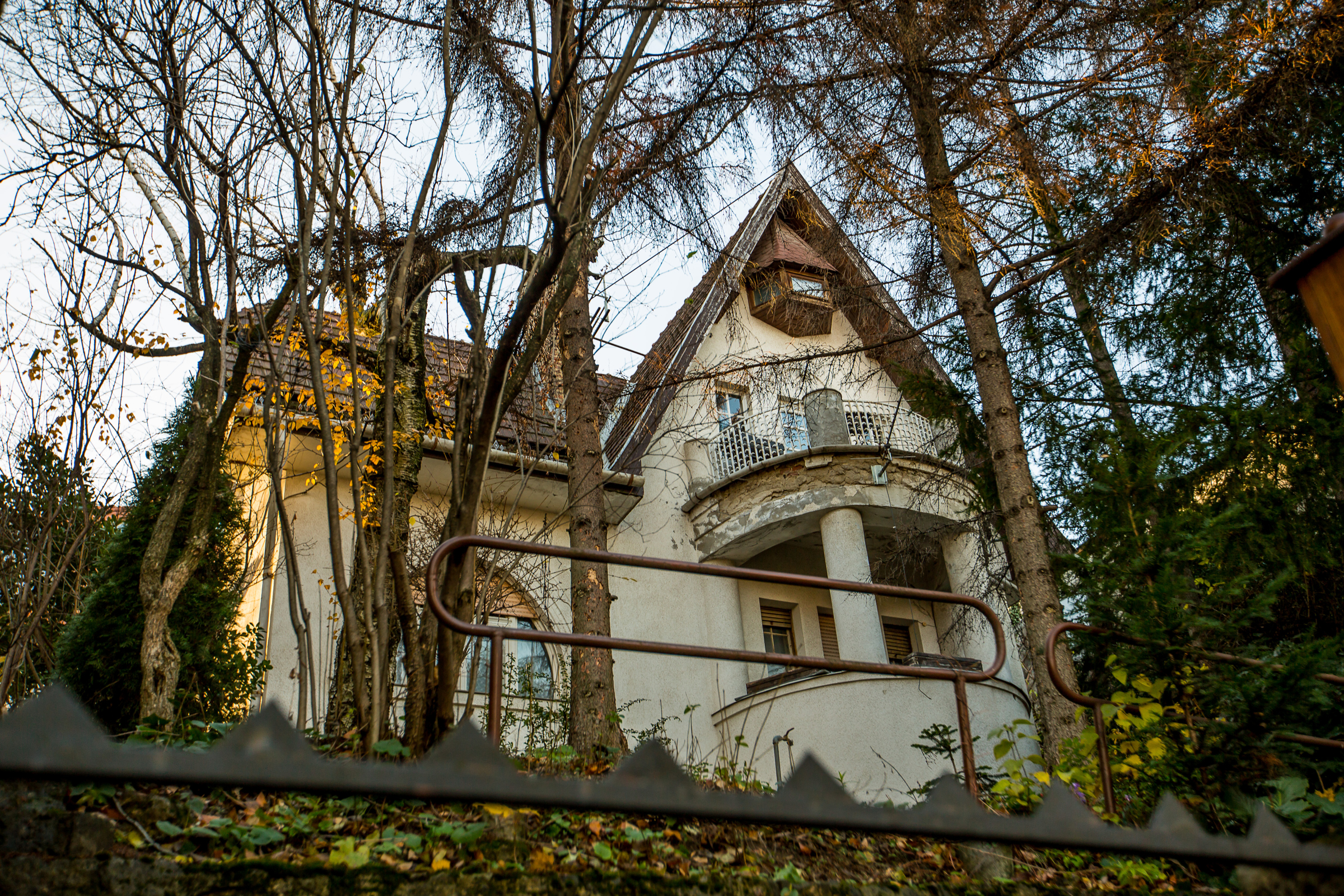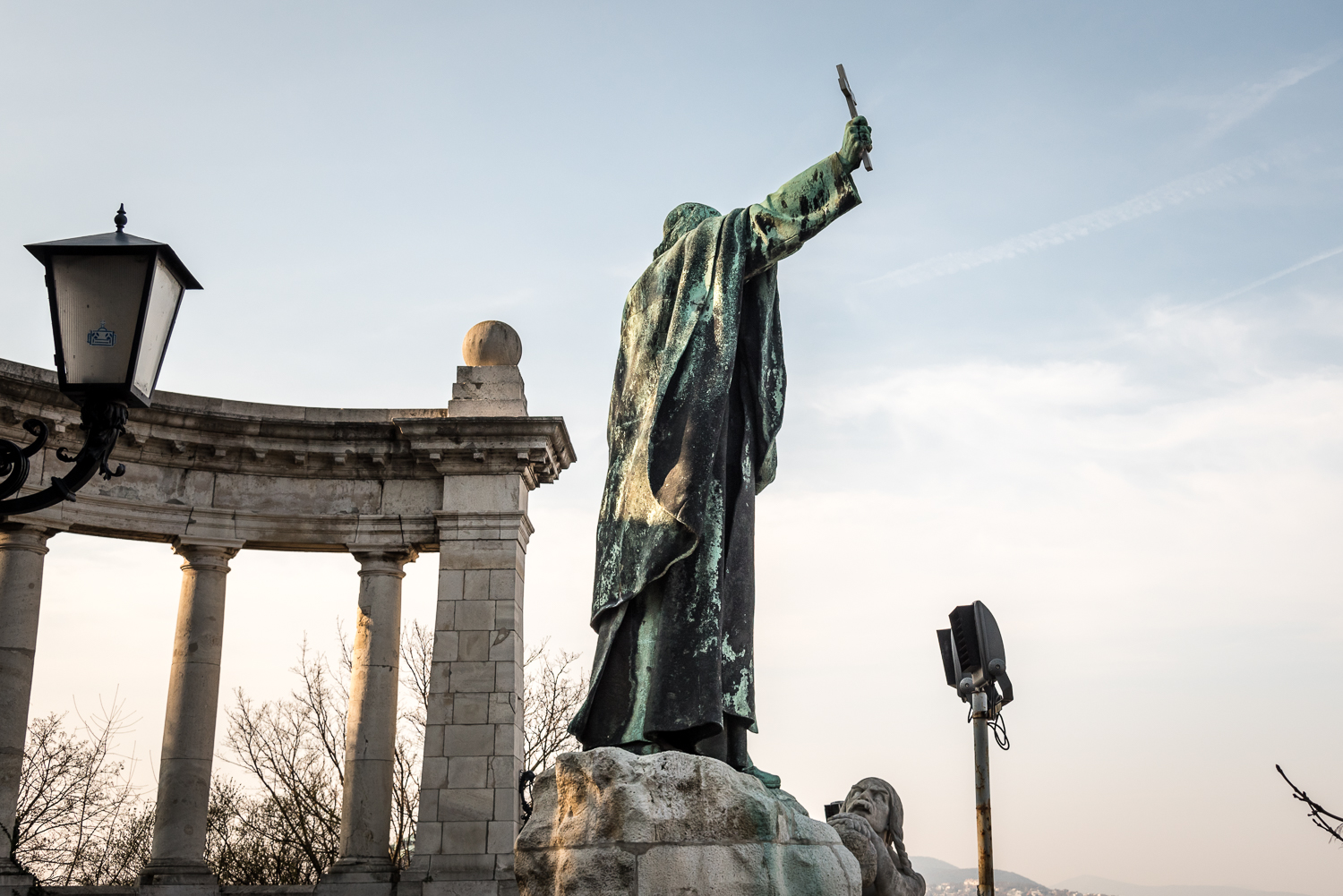1/5
The Cat of the Opera
Operas and
theatres are popular settings for ghost stories around the world. This should come
as no surprise, as those winding corridors and dressing rooms behind the
glittering stage hide a litany of jealousies and grudges. Joining the other
institutions in Paris and Vienna, the Budapest Opera House also had its own ghost,
a cat named Vera. The little creature hid between the chairs of the empty
auditorium and the elegant booths, fixing the spectators with shining eyes from
behind the curtains. Rumour has it that the cat passed away in the building while
looking for a beautiful, long-deceased singer who was once her owner. Let’s hope
that the recent renovation of this beautiful landmark has helped them find each other once more.
2/5
Google ghost of Óbuda
You wouldn’t
even imagine how many strange things can be found on Google Street Views, from
arrests to wild animals walking freely. Among them, a house
in a quiet, residential neighbourhood in District III holds a strange
fascination. Through a window on Rozgonyi Piroska utca, once you zoom in, you can
see a male figure dressed in turn-of-the-century clothes, with a snow-white
face. It is easy to imagine that the ghost peeking out from behind the curtain
is much more the owner preparing for the costume ball, but it’s possible that a
joke was behind this strange phenomenon.
3/5
Spirit of Teréz körút
This
creepy story unfolds at Teréz körút 5, at a time when there were many spiritualists
operating in the city. In the winter of 1925, the celebrated beauty Amália
Leirer, the girlfriend of a rich Dutch merchant, was found dead in her richly
furnished apartment. The investigation raised several questions and even the
victim’s immediate relatives fell under suspicion, but it remains a mystery who
the murderer could have been. A spiritualist was also involved in the
investigation, who said she had made contact with the spirit, and that it was certain
that the culprit was a former waiter. The other parts of the story published in
newspapers at the time spoke of an ‘expert’ discussing the situation with the
ghost. The publicity related to the Leirer murder only added to the already
fashionable interest in spiritualism back then. Many would go to séances, and
Óbuda became a spiritualist centre, with a sign in every other doorway.
4/5
Victims of Svábhegy
The ghosts
of Svábhegy evoke a
dramatic but tragic past. In the 19th century, prettier and prettier
residential buildings cropped up the area, built by such luminaries as writer Mór
Jókai. Svábhegy was also a popular excursion area, with elegant hotels,
Bauhaus-style villas and holiday homes surrounded by greenery. This peaceful
atmosphere was ended in a single night during World War II by Adolf Eichmann and the Gestapo. Residents were brutally evicted, and torture places and
interrogation rooms were set up in elegant villas. It is no coincidence,
therefore, that the area is considered one of the centres of paranormal
activity in the capital, so much so that local Hungarian-language tour guides Sétaműhely offer a special walk dedicated to this very subject there.
5/5
Witches of Gellért Hill
The barren
rock ledge rising above the Danube, where Bishop Gellért was murdered in a pagan
rebellion, with its healing springs and secret outcrops, is fertile ground for
witchcraft. Demons and sorcerers in league with the devil are believed to have
been operating here since the Middle Ages, including witches’ covens. In rural
areas, the term ‘Walking to Gellért Hill’ denotes the heights to which a person
has been in league with the devil. Of course, the truth is slightly more
nuanced, but meetings and sightings form part of local lore.
